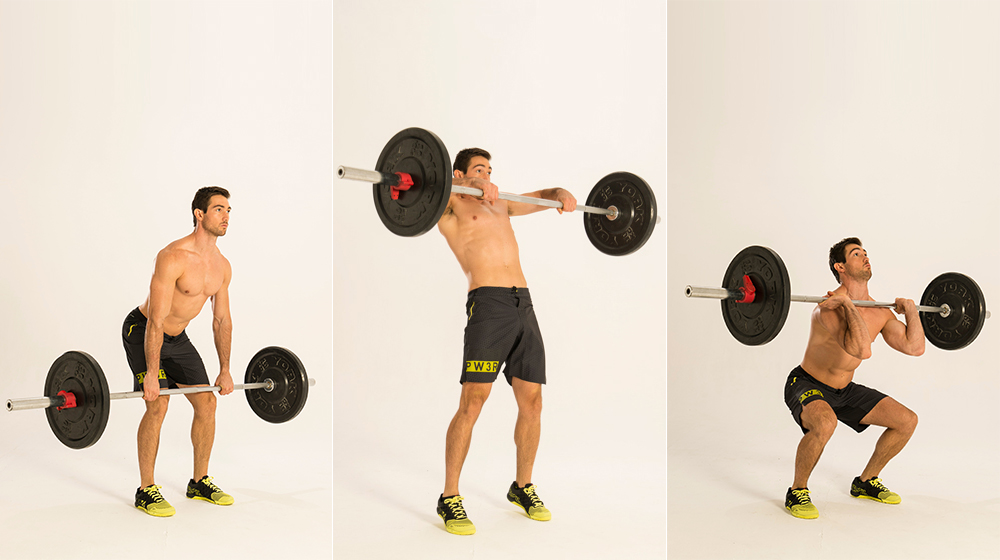Posted by Douglas W. Stoddard MD, M Sp Med, Dip Sport Med, ES on 19 December 2016
These are the first exercises I start with when designing a rehabilitation program for patients with plantar fasciitis. Some patients do well with these exercises, but some can struggle adapting to the movements and stretches. Generally, this is a good starting point but each exercise can be progressed within the same session if necessary. As with all rehabilitation programs, individual factors need to be assessed and considered before prescribing any form of treatment.
Short Foot
Training the intrinsic muscles of the foot can help support the arches, reducing pain and chance of injury. A recent study showed that intrinsic muscle weakness and atrophy (decreased muscle size) in the foot is associated with chronic plantar fasciitis in runners.
A simple starting exercise to target these muscles is to try to shorten your foot by contracting the small muscles in the arch of your foot. The key is to create a higher foot arch without curling your toes. By strengthening these intrinsic muscles, the medial arch will be better supported, and stress will be taken off the painful plantar fascia.
Suggested Prescription: 2-4 sets of 15-20 reps / daily.
Heel-Toe Raises
This exercise not only works on foot posture and lower leg strengthening, but also improves your balance.
Start with your legs hip-width apart, feet pointing forward and evenly contacting the ground with well-defined arches. From here, raise your heels and balance at the top with even pressure over the ball of the big toe. Lower back down into a good foot position and rock back onto your heels, lifting your toes off the ground.
Suggested Prescription: 2-3 sets x 10-15 reps / daily.
Star Pattern
Standing on one leg may seem extremely easy, but can be a challenging exercise for many.
Remove your shoes and balance on your injured leg while keeping a slight bend in your knee. Focus on maintaining a good foot position and knee alignment. While there is no “correct” knee position, it is advised to focus on keeping the kneecap pointing forwards. If you were to draw a straight line from the center of your kneecap, aim to have it align over your second toe. While balancing, reach with your opposite leg to each point of a star, making sure not to put any weight through the reaching leg. If this is too difficult, a simple single-leg balance exercise can be used and progressed in numerous ways by changing the surface, closing your eyes, or moving your head or limbs.
The star pattern exercise is based on the Star Excursion Balance Test, which has been validated in predicting the risk of lower extremity injury.
Suggested Prescription: 3 star patterns / twice daily.
Clamshell
The foundational gluteus medius exercise for almost every lower extremity injury is the clamshell. The gluteus medius muscle is an important pelvic stabilizer and helps control the position of the lower limb. While the clamshell is commonly prescribed, it is also one of the most poorly performed exercises.
In sidelying, have your hips bent at 45 degrees and knees flexed to about 90 degrees. Keep your feet stacked on top of each other while opening your knees apart to perform one repetition. The key is to keep your pelvis rolled forward and completely stable throughout the entire exercise.
If you roll your pelvis backwards, you “open up” your hips and compensate with other muscles such as the tensor fascia latae (TFL). Some people will have difficulty feeling the gluteus medius working in this position, reporting the inner leg or iliotibial (IT) band working instead. To help forge the mind-muscle connection, place your thumb over the gluteus medius muscle to feel it contract during this exercise.
Suggested Prescription: 1-2 sets to fatigue / daily.
Plantar fascia / calf stretch
This is a great starting stretch for the plantar fascia. It not only targets the fascia, but also the calf. Studies show that it is beneficial to stretch your gastroc-soleus (calf) muscles and plantar fascia to help recover from plantar fasciitis.
This standing stretch is more aggressive due to the weight-bearing component, so if you have pain during this stretch then switch to the seated version in the acute stage, or try a more specific plantar fascia stretch. If you haven’t responded to initial treatment, radial shockwave therapy can be used in conjunction with stretching to help speed up recovery.
Suggested Prescription: 2-4 sets x 30-60 sec. hold / daily.
Ice Massage
While the lacrosse ball massage on the bottom of the foot is typically preferred, patients can get fairly aggressive when performing the exercise. However, the lacrosse ball is still a good option for those who have foot pain immediately in the morning. Simply roll the bottom of your foot with the ball before taking your first step out of bed.
A good 2-in-1 alternative is the ice massage exercise, especially for those who have foot pain at the end of the day. Roll the bottom of your foot over a frozen water bottle for a few minutes to help relieve pain and relax the intrinsic foot muscles.
Suggested Prescription: Daily as needed for 1-2 minutes.
If you’re having problems with heel pain, foot pain, or any other type of chronic injury, SEMI has a plethora of resources – from personalized exercises to massage therapy and more – to get you back on your feet, pain-free. Contact us today!






